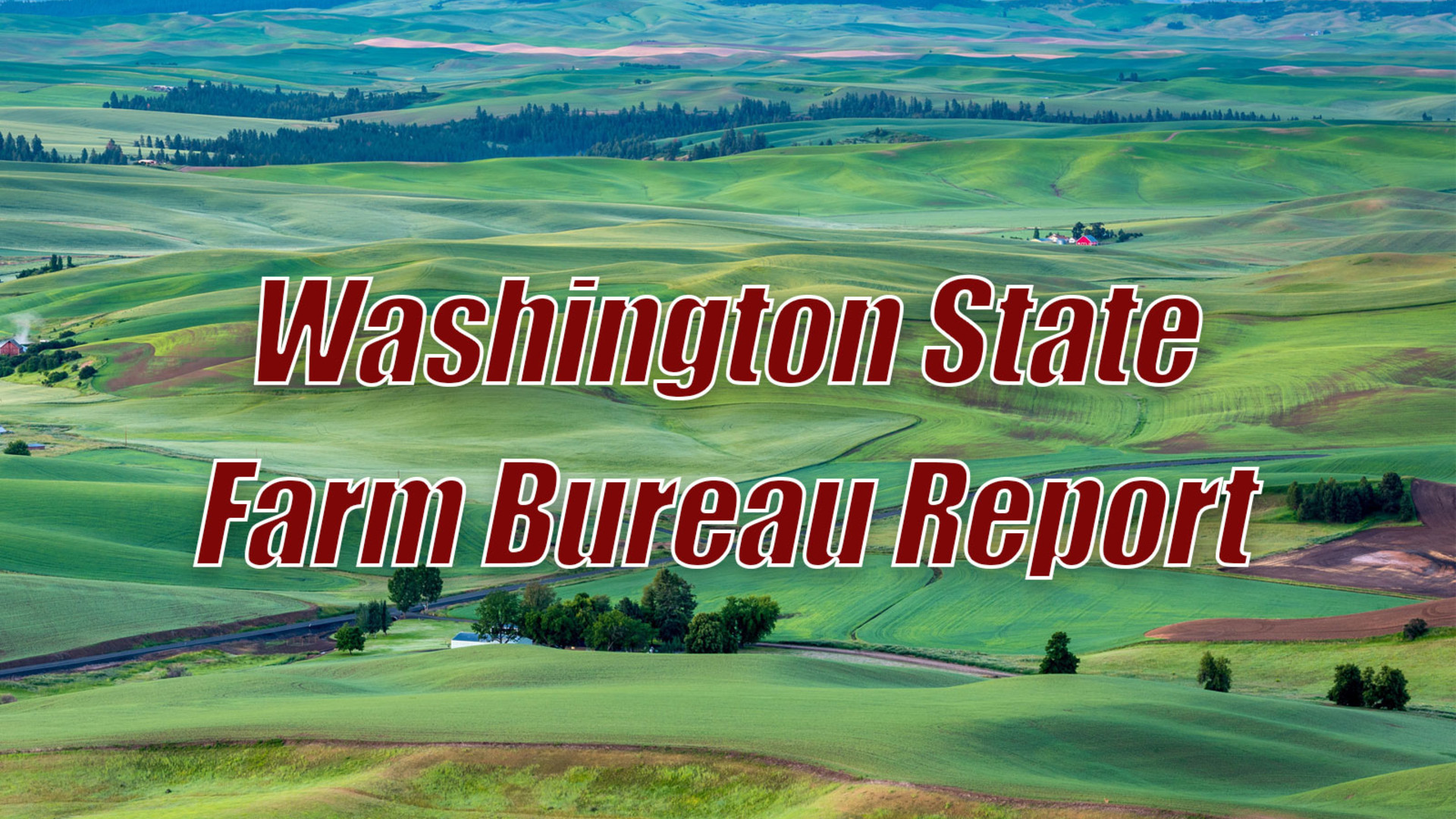Fall Weed Management
Kevin Hupp, Coordinator with Lincoln County Noxious Weed Control, says fall is the perfect time to treat those weeds.
HUPP: We’re looking at all perennial plants, Canada thistle, Dalmatian Toadflax, Common Tansy. Rush Skeletonweed is another range pasture nightmare, and this is another great time to catch it.
Annual plants can still be a problem in the fall.
HUPP: This time of year - that’s another great time when you actually see the visible annual plants. Kochia, that likes to seed a hundred thousand times it seems like. We really think of October as our next opportunity to get it.
Are there any weeds this year worse than others?
HUPP: No. It seems like no matter what our weather comes from, record rainfall to desolate dry, these plants find a way. Some of these perennial tap roots and roots are spreading down in a depth of 15 to 20 feet, and then they’re going horizontally in all directions as well.
Due to busy spring schedules, some growers say fall is their one time for controlling certain weeds.
HUPP: We would love to see spring and fall because the last thing you want is during the main growing season, is to have (weed) seeds produced all over your ground. You’re trying to help yourself the following spring. Use chemistries that have residual - that basically binds to the upper 64th inch of the soil and kind of stays around for any germination that wants to happen. If they get a good shot of rain in November, and you’ve laid down a barrier of some degree in October, that’s helping you in spring so these things aren’t five foot by the time you come around the corner.
I’m Lacy Gray and that’s Washington Ag Today on the Ag Information Network.
















